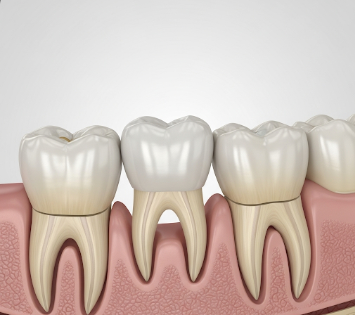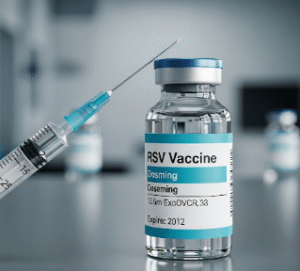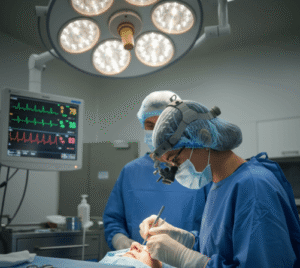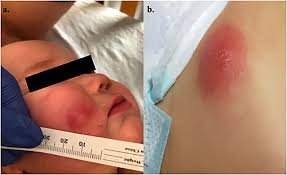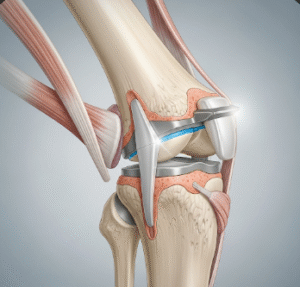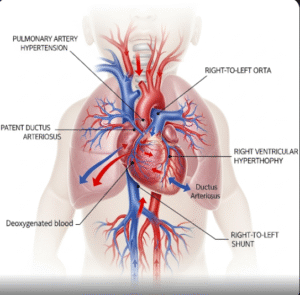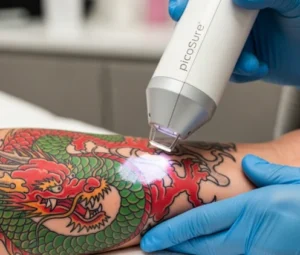Overview
A dental bridge is a prosthetic device used to replace one or more missing teeth by literally “bridging” the gap between adjacent teeth. This procedure restores chewing function, speech, and aesthetics while preventing surrounding teeth from shifting.
In South Korea, dental bridges are performed in advanced dental clinics and prosthodontic centers, using high-quality materials like porcelain, zirconia, or metal-ceramic, ensuring durable, natural-looking results and precise fit.
What is a Dental Bridge?
A dental bridge consists of one or more artificial teeth (pontics) anchored by crowns on adjacent teeth (abutments) or supported by dental implants. Bridges can be categorized as:
- Traditional Bridges: Fixed crowns on either side of the gap
- Cantilever Bridges: Supported by a crown on only one side (used when only one adjacent tooth is available)
- Maryland (Resin-Bonded) Bridges: Metal or porcelain framework bonded to adjacent teeth
- Implant-Supported Bridges: Supported by dental implants instead of natural teeth
Purpose:
- Replace missing teeth to restore chewing and speech
- Prevent adjacent teeth from drifting
- Maintain facial structure and appearance
- Provide a durable, aesthetic solution for tooth loss
What are the Benefits?
Dental bridges offer several therapeutic, functional, and aesthetic benefits:
✔ Restores natural appearance and smile confidence.
✔ Improves chewing efficiency and speech.
✔ Prevents teeth misalignment and bite problems.
✔ Durable and long-lasting with proper care.
✔ Supports overall oral health by maintaining jaw structure.
Procedure Details
1) How should I prepare for a Dental Bridge?
- Initial evaluation: Comprehensive oral examination, X-rays, and assessment of abutment teeth
- Treatment planning: Decide on type of bridge (traditional, cantilever, Maryland, implant-supported)
- Oral hygiene: Treat cavities, gum disease, or other dental issues before starting
- Consent and education: Understand procedure, care, and expected outcomes
Korean dental clinics provide personalized planning, digital imaging, and simulations for precise results.
2) What happens during Dental Bridge placement?
- Tooth preparation: Adjacent teeth (abutments) are reshaped to accommodate crowns
- Impression taking: Dental impressions or digital scans are taken to design the bridge
- Temporary bridge: A temporary bridge may be placed while the permanent one is fabricated
- Bridge placement: Permanent bridge is fitted, adjusted, and cemented onto abutments or implants
- Duration: Typically 2–3 appointments over 1–2 weeks for traditional bridges; implant-supported bridges may take longer
South Korean dentists use CAD/CAM technology and high-quality prosthetic materials for natural aesthetics and durability.
3) What happens after a Dental Bridge?
- Immediate post-op: Minor discomfort or sensitivity may occur
- Oral hygiene: Brush and floss carefully around the bridge to prevent gum disease
- Dietary care: Avoid hard or sticky foods initially
- Follow-up: Routine dental visits to monitor bridge stability and oral health
- Longevity: With proper care, bridges can last 10–15 years or more
Risks / Benefits
Potential Risks:
- ➤ Tooth sensitivity in abutment teeth
- ➤ Gum irritation or inflammation
- ➤ Bridge loosening or dislodgment
- ➤ Decay of abutment teeth if oral hygiene is poor
- ➤ Rare allergic reactions to materials
Major Benefits:
- ✔ Restores missing teeth function and aesthetics
- ✔ Prevents teeth misalignment and bite issues
- ✔ Supports facial structure and jaw integrity
- ✔ Durable and long-lasting with proper care
- ✔ High patient satisfaction and improved quality of life
Recovery and Outlook
- Immediate: Mild soreness or sensitivity in prepared teeth for a few days
- 1–2 weeks: Adjust to bridge for chewing and speech; routine oral hygiene
- Long-term: Regular dental check-ups ensure bridge stability and prevent complications
- Maintenance: Proper brushing, flossing, and avoiding hard foods maintain longevity
South Korean dental centers provide structured post-placement care, patient education, and long-term monitoring for optimal outcomes.
When To Call the Doctor
Contact your dentist if you notice:
- ➤ Persistent pain or sensitivity
- ➤ Bridge loosening, shifting, or discomfort
- ➤ Gum inflammation or infection
- ➤ Difficulty chewing or speaking
- ➤ Visible damage or wear on the bridge
Best Korea Option / Process
South Korea offers world-class dental bridge services due to:
- Experienced prosthodontists and dental specialists
- Advanced materials and CAD/CAM prosthetic technology
- Comprehensive pre-treatment planning and post-placement care
- Integration of implant-supported or cosmetic bridges for optimal aesthetics
- International patient support including consultation, translation, and follow-up
- High success rates and long-lasting results
Top hospitals and dental clinics for Dental Bridges in Korea:
- Samsung Medical Center, Seoul – Dental & Prosthodontic Division
- Asan Medical Center, Seoul – Advanced Prosthodontics Clinic
- Severance Hospital (Yonsei University Health System) – Dental and Oral Surgery Center
- Seoul National University Dental Hospital – Prosthodontics & Restorative Dentistry

